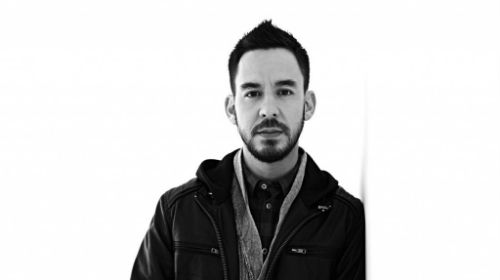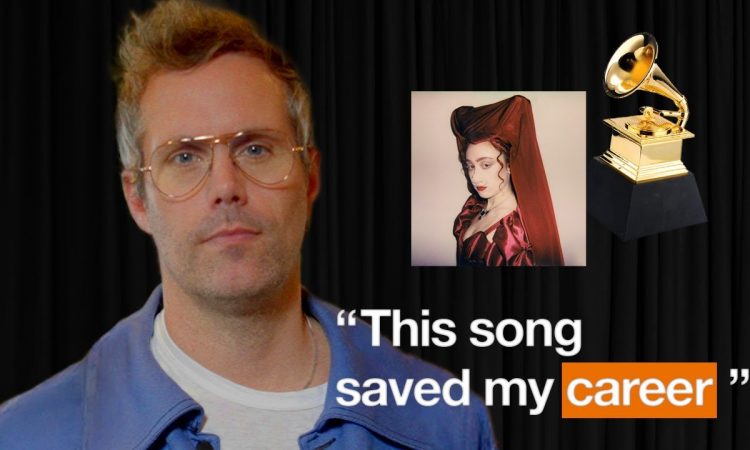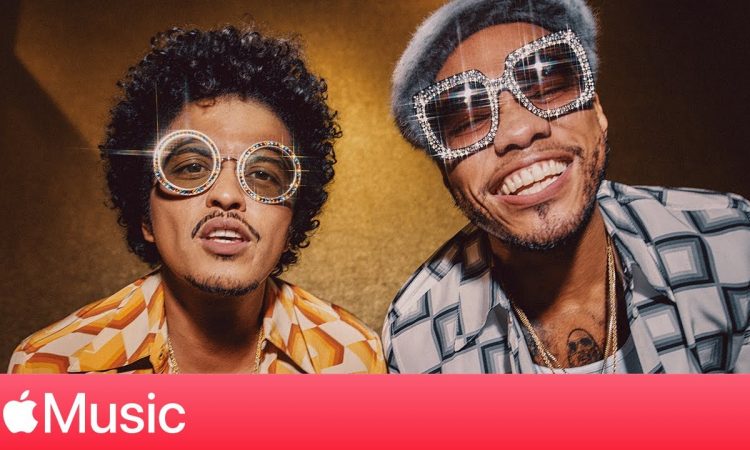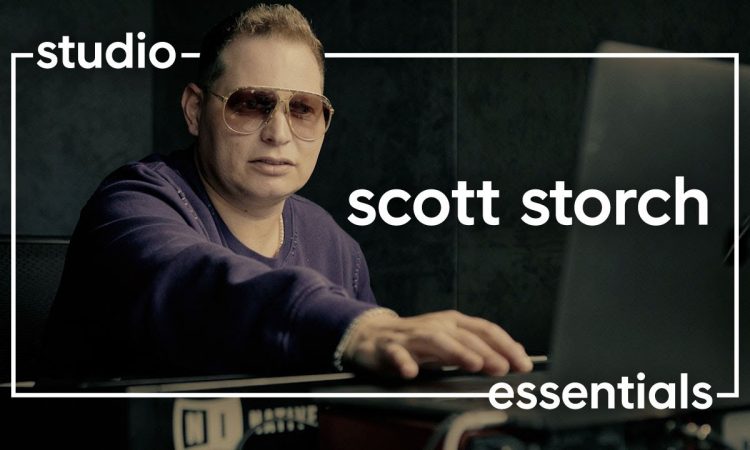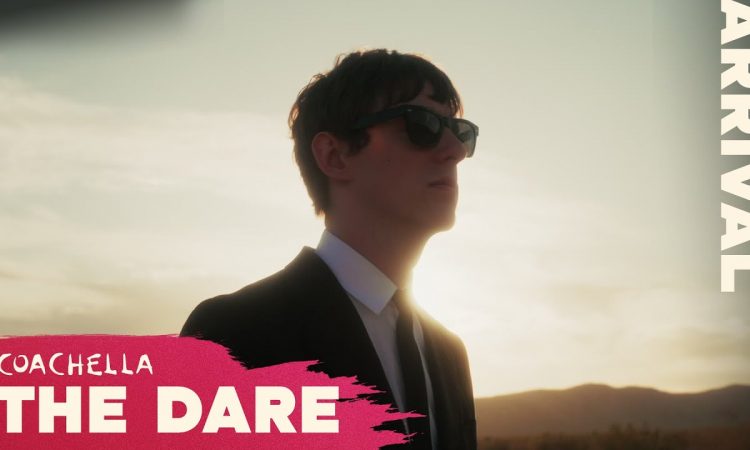When it comes to blending genres, Linkin Park isn’t just any du jour, the band’s been been pushing the envelope to how rap and rock is interpreted for more than a decade. While their debut album Hybrid Theory soundtracked a generation who have long omitted their rebellious attitudes for adulthood, it harnessed a loyal following infatuated with their experimental, genre-less delivery. Here, we catch up with Linkin Park frontman Mike Shinoda, who compares the mashing of genres to cultural diversity today, in addition to making nod at some of music’s greatest — Zeppelin, Run DMC, Public Enemy, The Beatles, Rage Against The Machine — who have influenced their eclectic approach. In this conversation, Shinoda also shows clear comprehension of pop culture’s influential, mentioning Purity Ring, Arctic Monkeys and Santigold all in one sentence. An episode of A Conversation With… that’s worth your while, Shinoda shares his thoughts on the band’s growth, and the concept behind Living Things — their latest album that got ranked No.1 on the US Albums Charts in its debut week with over 220,000 copies sold.
Linkin Park has always seen a strong vocal interplay between you and Chester Bennington, would you say this is one of the band’s core aesthetics?
One of the best parts about having two vocalists with different voices is that we have an expanded palette. Plus, we both grew up listening to different things, so it allows for a wider range of approaches when it comes to writing and performing. Over time, we’ve experimented with a lot of different styles, too, dipping into different genres and mashing them together. I think it’s one of the things that makes what we do fun.
Linkin Park is one of the prominent bands of early noughties that fluently blended rock and rap. How do you think this sound has influenced musicians that came after?
We obviously learned from those that came before us, who experimented with blending genres. There were so many, like Zeppelin, Run DMC, Public Enemy, The Beatles, Rage Against The Machine. We were a product of a lot of things. These days, some of my favorite music is borderless, genre-less. It’s almost like skin color–when you’re living in a place where people are separated and race is an issue, you’re more conscious of it; when you live in a place where people of many races live closely together, you don’t notice differences in as much of a conscious way, if that makes sense.
Where do you think rock and rap lie right now? Would you say they’re even more compatible than before?
Yes and no. There are a lot of rap artists who are doing interesting things, from Kanye and Pusha to Odd Future and Kendrick. I like the A$AP stuff, and I’m excited for new Schoolboy Q music. Rock music is having a bit of a personality crisis; I feel like the heavier stuff isn’t as innovative as I want it to be, and a lot of artists are tending toward the other end of the spectrum, towards indie / pop stuff, which I feel is getting a bit over-saturated and boring. When an artists blend complex styles in a tasteful or fun way–like Purity Ring, Santigold, Haim, or Arctic Monkeys, I think that’s exciting.
How did you approach Living Things? Did you keep the fans of Hybrid Theory in mind when producing this album?
First and foremost, writing an album has to be a creative process for us. I want all six of us in the band to love it. Getting there is usually a product of experimentation and creative stretching, not to mention a lot of time. On our two previous albums (Minutes To Midnight and A Thousand Suns), we were trying to stretch ourselves to make music that was far away from what we already knew. On Living Things, we were looking for ways to combine all the styles and ideas we had come up with in the past few years, to bring it all together.
Technology has changed how music’s been produced and delivered in the last 10 years, how has this effected the band’s own process? Could you share with us your live set-up now?
Our first demos were on cassette. When we put out a mailing lists at our early shows, more than half the fans wrote down a snail mail address because they weren’t using email yet. We’ve come from there to being the biggest band on Facebook, which is a testament to the band’s focus on technology. But when it comes to music gear, it doesn’t have to be the newest piece of gear–it has to be the one that gets us the sound we want. With the amount of options out there in the world, we like to be cognizant of limiting the amount of gear we use. I heard Tom Morello say that he uses the same guitar pedal board every time, because he knows his pedal board and it gives him “his sound.”
In the studio and on your computer, there are thousands of different reverbs, keyboard sounds, distortion effects. We want to experiment enough to know which ones we like, then know a lot about our favorite few, rather than knowing a little about a lot.
In August, you guys collaborated with Steve Aoki to perform “A Light That Never Comes,” what can you tell us about the collaboration? What are the certain aesthetics that you and Aoki both share?
The song came about in a pretty organic way. I originally reached out to him on Twitter to do a remix, I think. Instead of that, we started trading ideas on a new song. I think one of the things that clicked was that we simply get along well, and this demo turned into something that seems to showcase our individual styles pretty well–even though it’s a departure for both artists. As far as aesthetics we share, I would definitely say that musically, we both have a focus on attention to sonic details. Separate from the music, I’d say that both artists also represent a culture that has a deep connection with each other and with the music–it’s more than “songs” and “shows”, there’s something deeper that it’s really all about.
Datsik and KillSonik have been enlisted on Linkin Park’s Recharged album. Known to draw influences from hardcore, dubstep and electronic elements, would it be fair to say that the current state of EDM and U.S. dubstep to be contemporary interpretations of what Linkin Park did in 2000?
I think EDM artists are making some exciting music right now, but 2000 was a different time altogether, for many reasons. Music sales were booming, the mp3 hadn’t really arrived, social media didn’t exist, MTV reigned. Rap and rock artists were reacting to the mega-pop phenomenon of Britney and N*Sync. And at the end of the year, Hybrid Theory outsold Britney worldwide, which was a coup. Today, I think things are flowing in and out of one another more smoothly, with more musical adeptness, and more fans have a cultivated, discerning taste.
What were your best and worst career decisions?
Best: deciding to finish art school before getting serious with music. Worst: Red hair dye.
DOWNLOAD ON DMS

